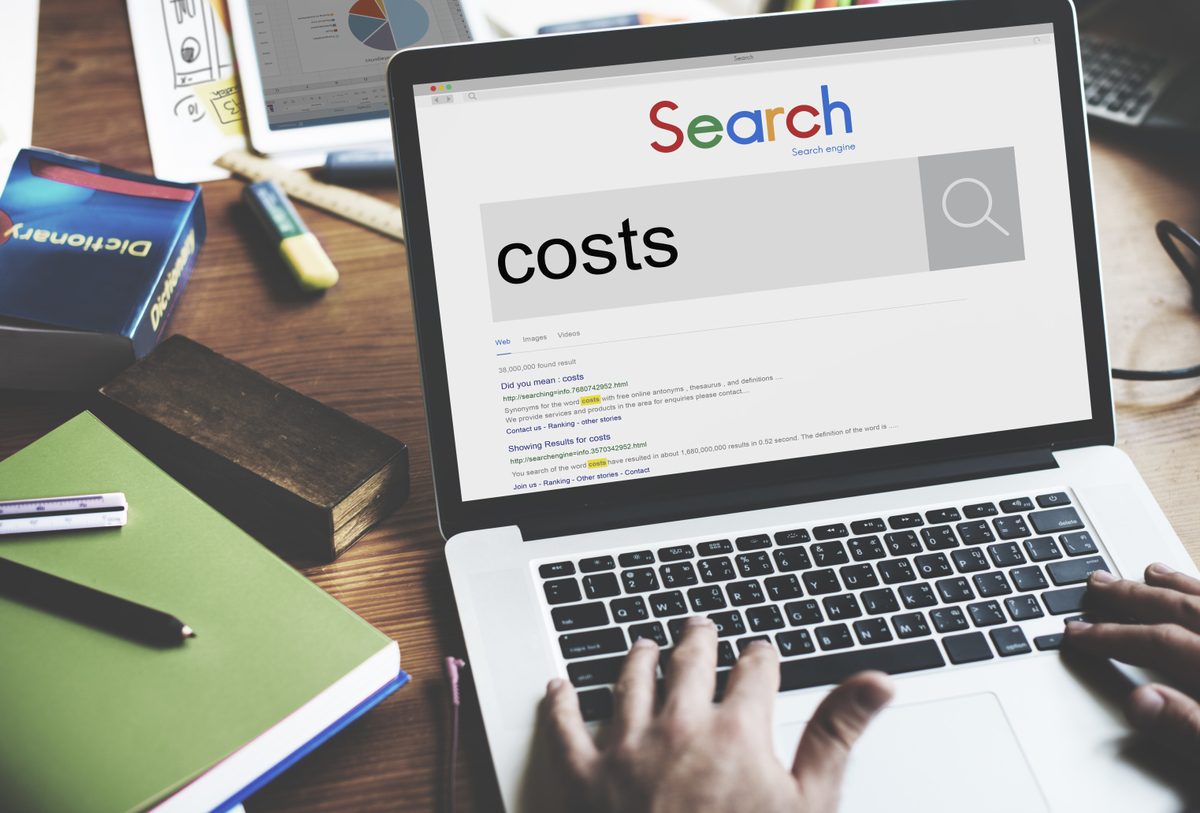Search engine optimization (SEO) can be a method which can bring natural traffic to your website and improve your bottom line. One problem with SEO is that it’s often challenging to comprehend where the results come from.
With the right tools, you can analyze a wealth of information. However, choosing the wrong ones could cause you to miss the bigger picture or even lead you astray.
How can you tell which strategies are working in your business? How do you make sure that your efforts are yielding a positive return on your ROI?
By using the right metrics and SEO monitoring tools.
This post will cover the basics of SEO tracking and why it’s so important. We’ll also discuss the important metrics you need to monitor and how to utilize them to improve your SEO campaign.
What Is SEO Tracking?
SEO tracking measures the progress and performance of a search engine marketing (SEM) campaign. It helps you evaluate the effectiveness of your SEO and SEM efforts.
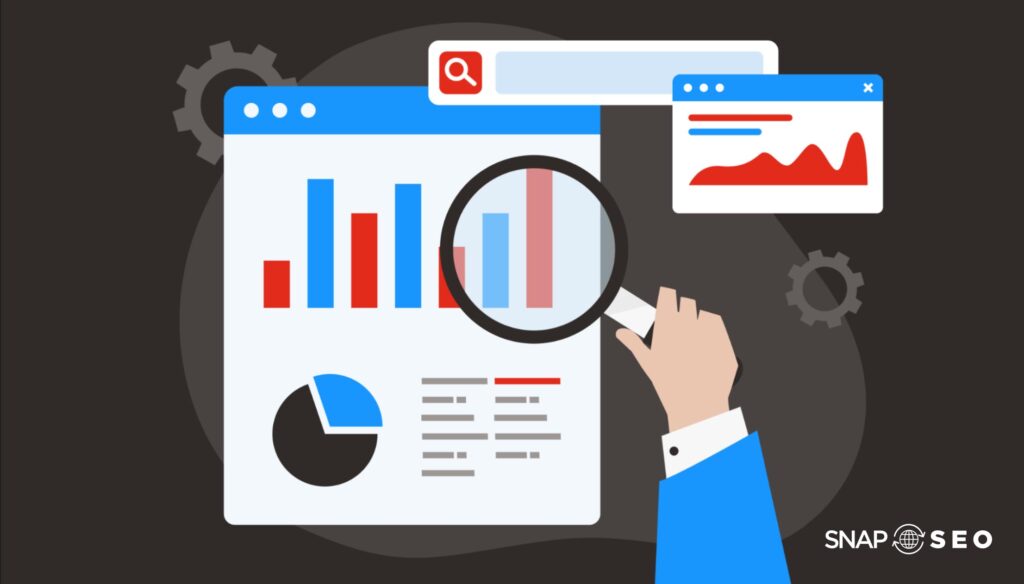
What is it that makes SEO tracking so vital?
You get a clearer picture of what’s working when you track the right metrics. This allows you to uncover meaningful insights that can be used to improve the effectiveness of your SEO strategy.
But the trick to gaining these insights is identifying the appropriate metrics -a challenging task considering the abundance of metrics to track.
SEO Tracking Metrics To Monitor SEO Performance
Knowledge isn’t always power. With SEO tracking, it’s easy to get lost in the sea of information and forget the larger perspective.
Here, we’ll review the most crucial metrics to evaluate and monitor how you are doing with your SEO performance.
Keyword rankings
Keyword rankings are where you appear in search results for a specific keyword. It’s a sign early of whether your SEO efforts are paying off.
You should aim to be at the top of the list for your desired keyword. This is because the three top organic results are responsible for 62.5 percent of the clicks.
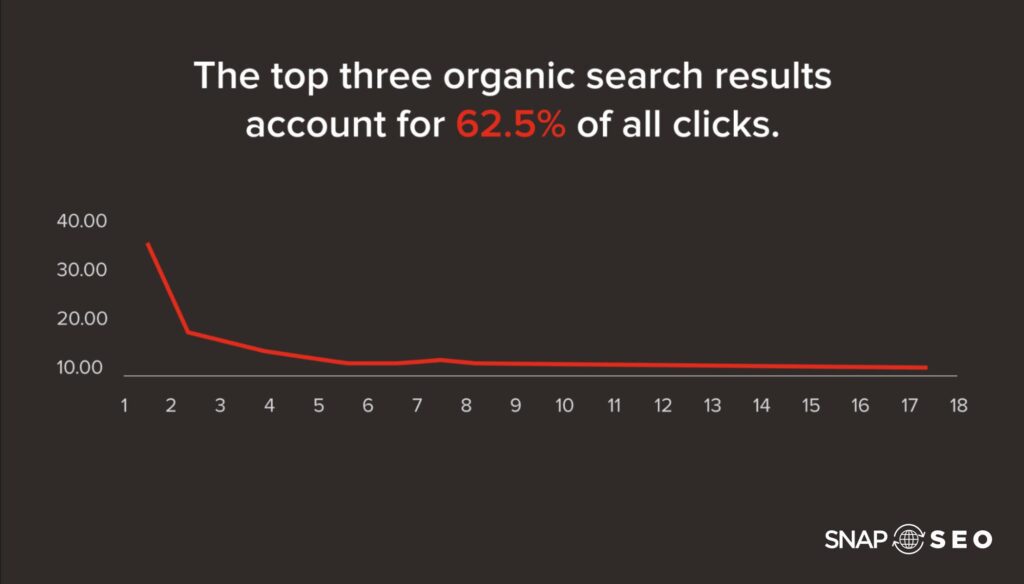
Although rankings are likely to change, a sudden drop can suggest a bigger problem. You can track your keywords’ rankings manually or use a paid tool like Ahrefs.
Organic traffic
Organic traffic is the term used to describe the amount of traffic you receive from Google. It is another metric to help you evaluate the success of your SEO campaign’s efficiency.
Organic traffic isn’t the best indicator alone because traffic can be seasonal, cyclical, or trending up or down.
Referring domains and backlinks
Backlinks remain one of the most significant ranking factors. Consider them a signal of confidence, as they signal to Google that your content is relevant and worth the effort to rank.
The more backlinks you’ve got, the better your page will get. A study has found a significant connection between backlinks as well as rankings.
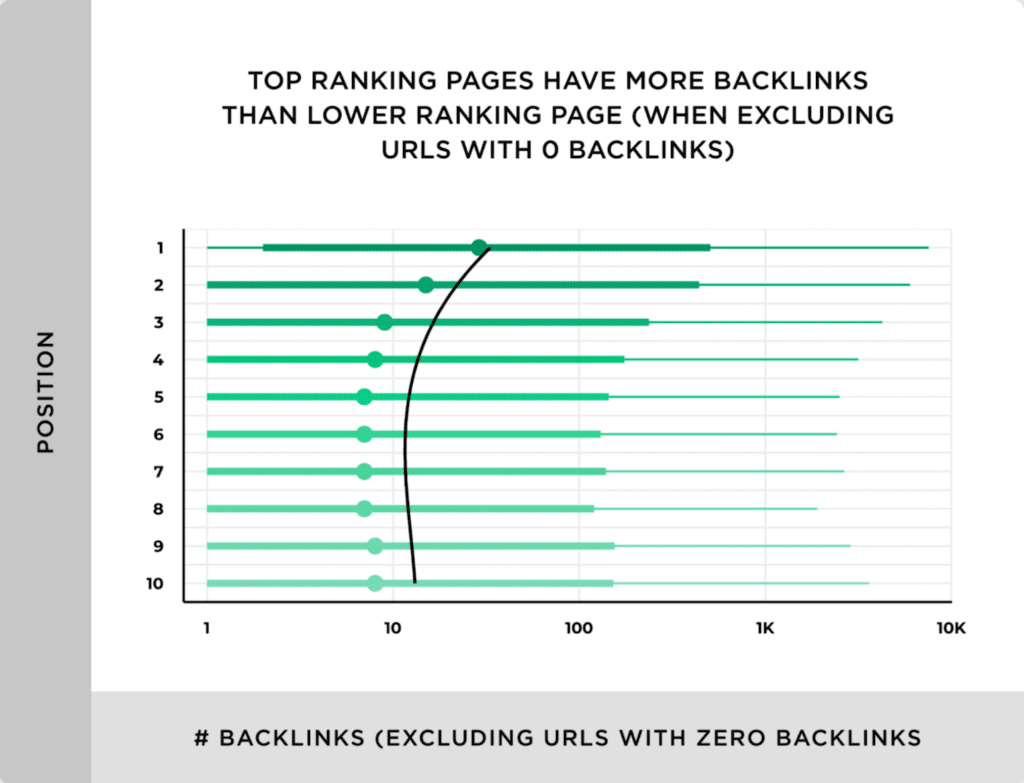
As well as keeping track of backlinks, you’ll be able to track the domains that refer you. These are the unique domains you’ve got backlinks from.
You can use Ahrefs Free backlink tracker to track some of your backlinks.
This tool is also an excellent way to conduct studies on your competition.
Clickthrough Rate (CTR)
Clickthrough rate (or CTR) is the number of people who search and click on one of your websites in the results of a search.
You can consider this your first point of sale.
For instance, the following scenario: if 100 searchers view your page in Google and five visit your site the link, your CTR is 5%.
This measurement will show how effectively your web pages attract readers’ interest. One way to increase this measure is to improve title tags and their appeal.
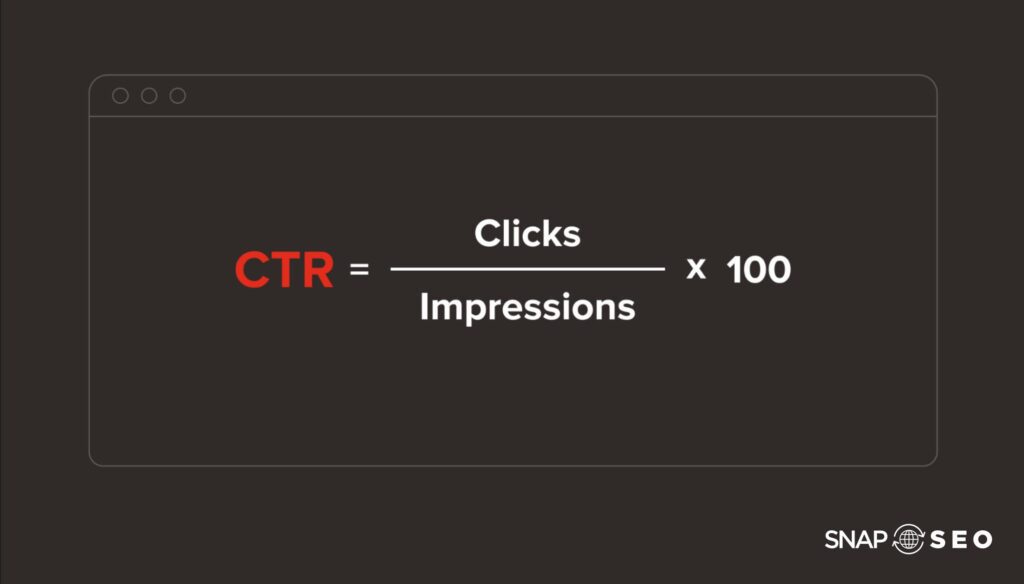
Domain Authority
Domain Authority (DA) is a measure developed by Moz which predicts how your website will appear on search engine results. It is based on factors such as the quality and the quantity of backlinks you have.
The score ranges from 0 up to 100. It is based on a logarithmic scale. Moving from DA from 0 to 10 would be much more straightforward than going between DA 70 to DA 80.
DA isn’t an official ranking factor, but it could assist you in assessing the effect impact of an SEO strategy and determining how trustworthy your site is.
Use the Domain Authority Checker tool to determine your DA.
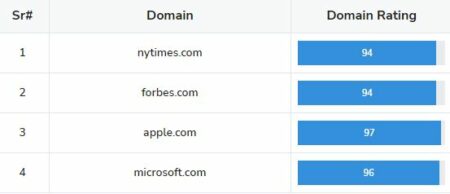
Organic conversion rate
Organic conversion rate refers to the percentage of users who come across your website via Google and complete a desired action (e.g. sign-up to try a trial, fill in a form, make a purchase or purchase, etc. ).
This metric will tell you what level of quality of traffic you’re receiving. You might be targeting the wrong keywords if you see significant traffic, but your conversions aren’t high.
Here are the organic conversion rates that are average for each industry:
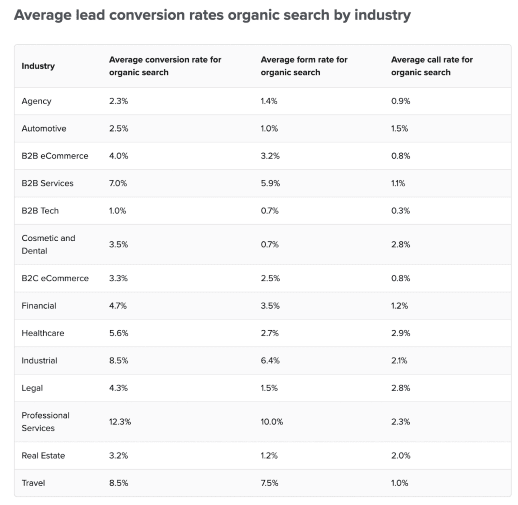
If your figures aren’t up to the benchmarks above, you should revisit your keyword research.
Bounce Rate
Bounce rate is the percentage of users who only visit one page of your site without doing anything else and “bounce” or exit the page.
Here are the typical bounce rates for various sectors:
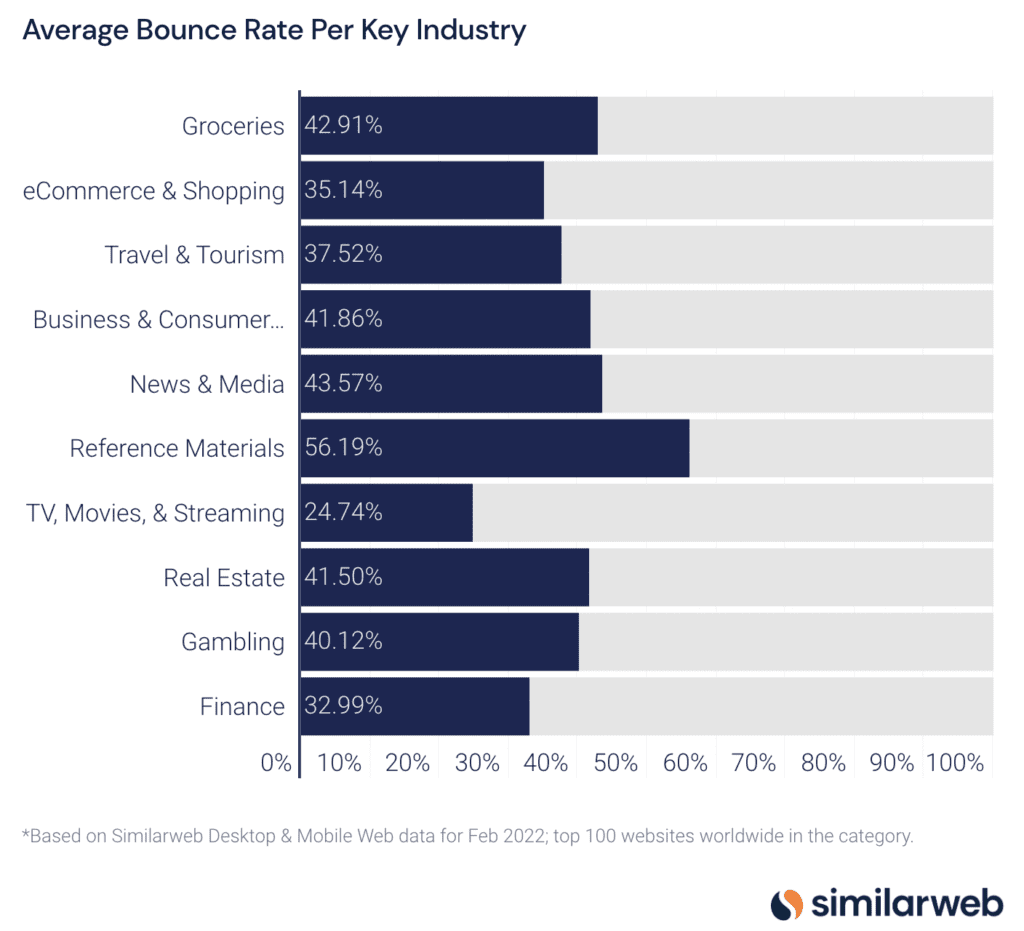
A higher bounce rate doesn’t have to be negative, as people might be searching for fast answers (e.g. phone numbers, addresses, etc.). However, it may be a sign that users don’t find your content pertinent.
Dwell time
Dwell time is an indication of the relevance and quality of your content. It is the time the user spends on a website page before returning to the search results.
The benchmark industry standard for the average dwell time is two and 4 minutes.
[image]Sometimes adding video can increase the dwell time of your web pages.
Indexed pages
Indexed pages are the pages of your site that Google has added to its database. This metric is important because if your pages aren’t indexed, you’re not getting any SEO value from them.
You can see the number of indexed pages using the coverage report available within Google Search Console.
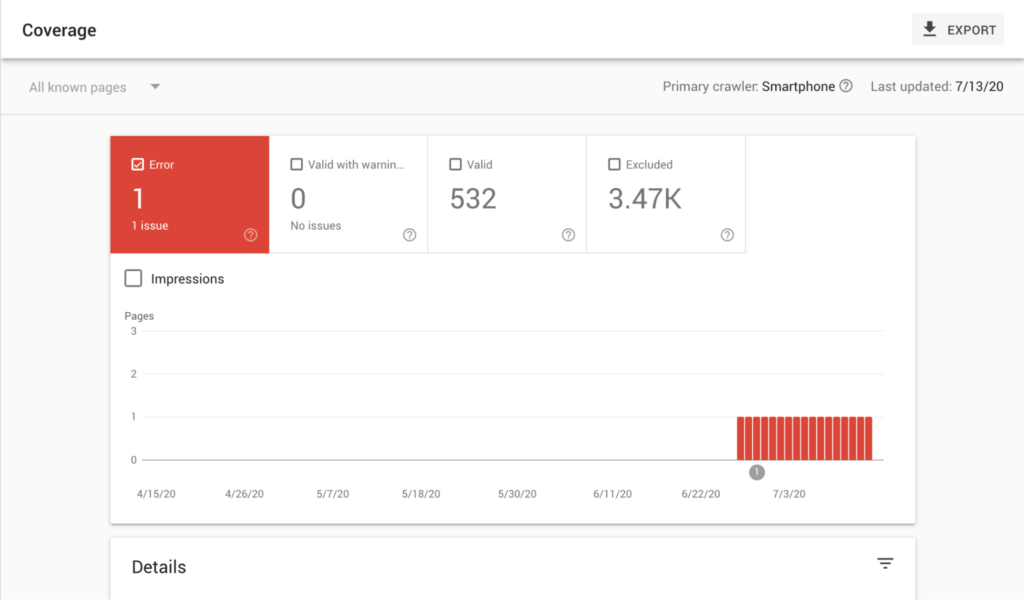
The report reveals the number of pages indexable and any indexing mistakes.
Technical SEO health
Google is focusing more and more on providing better user experiences. Experience on the web is now an official search engine ranking factor.
It is crucial to monitor the three major elements in the Core Web Vitals -loading times, ease of interaction, and visual stability. Examine and resolve any issues affecting these aspects to ensure technological SEO health.
The Top SEO Tracking Tools
With the proper SEO tools, you’ll be able to assess whether the efforts you’ve put into it are producing results. Additionally, you’ll be able to discover valuable information to guide you on your SEO engine marketing strategy.
These are the top SEO tools you can employ to evaluate the performance of your website.
Google Analytics
Google Analytics is one of the top SEO tools you can use to track SEO performance. You can monitor metrics like bounce rates, new users, average session durations, and traffic sources.
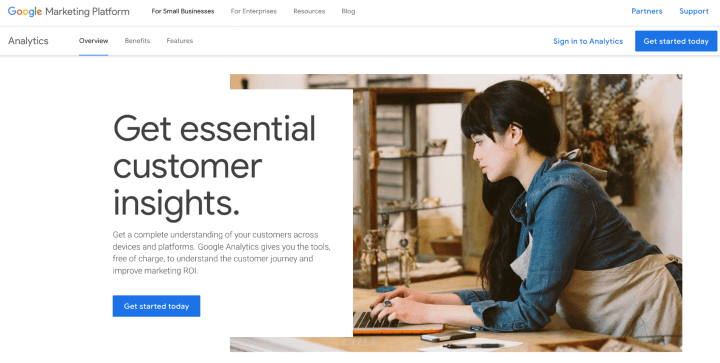
You can configure conversion tracking through Google Analytics for the goals that are vital for your company (e.g. purchases, newsletter sign-ups and submission of forms).
The greatest part? Google Analytics is completely free. If you’re not currently using the tool, you’ll need to install it up and running earlier rather than later.
Suppose you need help optimizing and setting up Google Analytics. In that case, our Conversion Rate Optimization specialists can set this up for you and help your boost online sales.
Google Search Console
Google Search Console is another tool that Google provides. It lets you monitor the overall health of your site and gives you more control over how your website appears in the results of a search.
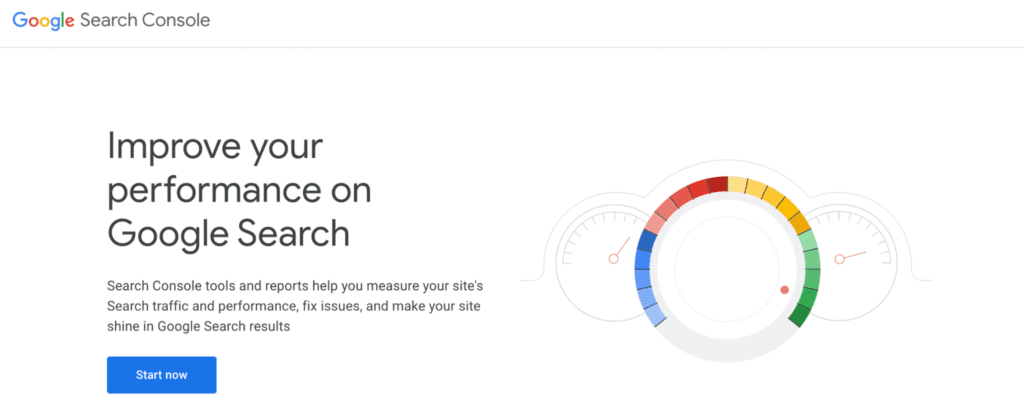
You can use Google Search Console to determine which search terms bring traffic to your website and other relevant information, such as your CTR for organic traffic. Additionally, you’ll be able to receive notifications if Google detects any crawling or indexing mistakes.
Google Search Console is free; however, you’ll have to add some code to your site before using the service.
If you need help adding this tool to your website, our managed SEO experts can help.
SEM Rush Rank Checker Tool
SEM Rush allows you to check a few of your ranking keywords.
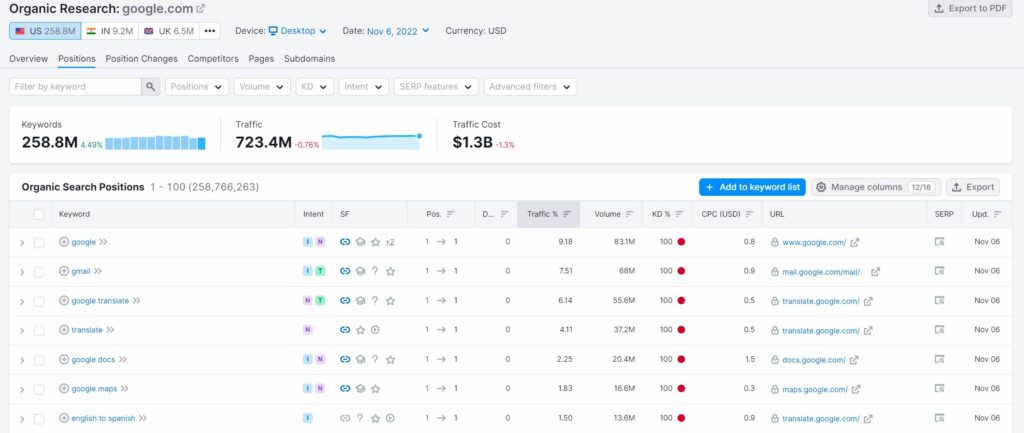
Sign up, then enter your URL. Then, you’ll see an overview of your website and the top terms that drive visitors to your website and their rankings.
The tool also shows:
- Ranking changes since last month
- Estimated website traffic for each keyword
- Average monthly searches
- The number of results from a search
The SEM Rush Keyword Checker tool is free. We also provide a ranking tracker on Managed SEO campaigns.
Ahrefs Free Backlink Checker Tool
The Ahrefs free Backlink tool lets you see the most popular backlinks that point to a specific domain or URL.
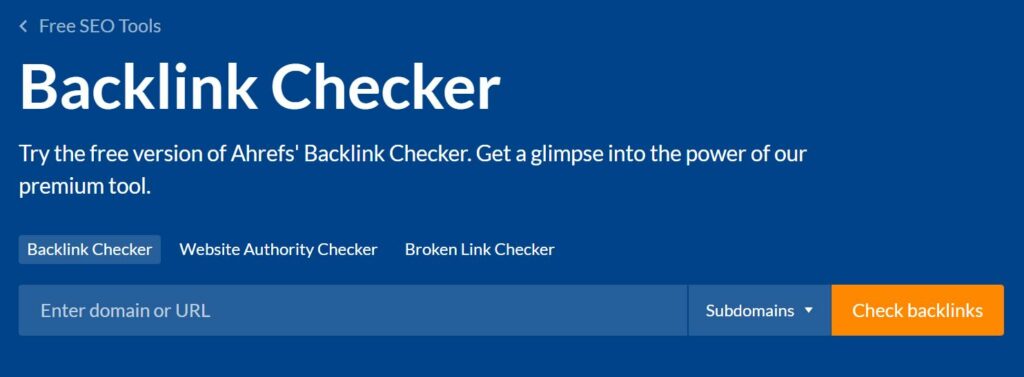
Enter the URL, specify the report you would like for the whole domain, subdomain or the exact URL, and hit “View Backlinks Report.”
The tool will show the following:
- All external backlinks
- Total referring domains
- Percentage of dofollow backlinks
The backlink checker tool is free; you don’t need to shell out hundreds of dollars each month to get similar services.
How To Track the Performance of Your SEO Campaigns (With a Combination of Tools)
Once you’ve figured out what metrics you need to monitor and the various tools you can employ, let’s look at ways to monitor the results of your SEO campaigns.
Organic traffic via search engines
In the end, you’re looking for an increase in organic traffic. This type of traffic is generated by people who have entered the search term and visited one of your websites. It’s a good measure of the overall effectiveness of your SEO strategy.
You can monitor organic traffic through Google Analytics. Just go to Acquisition and click Overview. Click Add Segment, choose Organic Traffic, and click Apply.
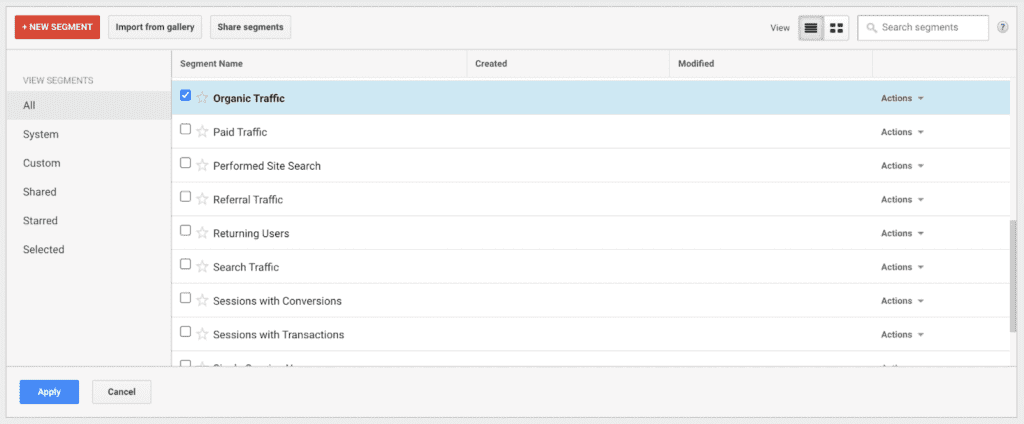
The report will highlight the site’s organic traffic over the preceding week; however, you can alter the time frame.
Of course, don’t just look at organic traffic in isolation. You also want to compare it against other metrics like conversions to measure the quality of that traffic.
Keyword ranking movements
Tracking your keywords rankings can allow you to evaluate your SEO strategy’s effectiveness and identify the working elements. For instance, if blogger outreach made a site climb in rankings, you know that your efforts were worth it.
One method to monitor your rankings is to search for the keyword you want to track, see where your website is ranked, and then mark it in an excel spreadsheet. However, keeping track of rankings manually can be extremely time-consuming.
A different option would be to utilize the dashboard included with our managed SEO plans. This will provide you with daily updates.
User Engagement
User engagement is the term used to describe how users behave on your website. Are they engaged with your site and engaging with your content? Are they leaving within a few seconds?
The user’s signals you’ll want to be aware of could include the following:
- Rates of bounce
- Dwell time
- Organic CTR
Google Analytics can track bounce rates and dwell times (average time on the page). Click on the Behavior tab, then select All Pages.
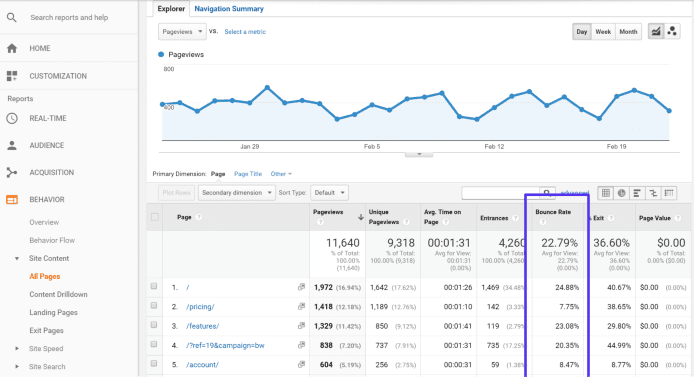
You can see the total number of clicks and your standard CTR through Google Search Console.
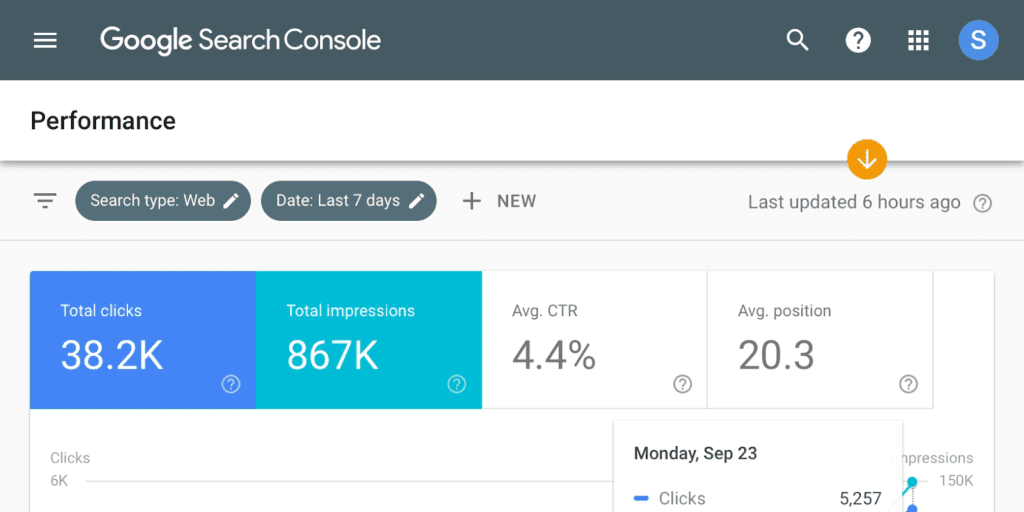
Being aware of these indicators can assist you in measuring and improving user engagement. For instance, if the dwell duration is just two or three seconds, the best way to improve this measure is to match the content to the search intent, which is the “why” behind a search query.
Understanding all of this
Before you begin to improve your SEO before you can start improving your SEO, you should create a baseline of metrics. Utilize the tools discussed in this article to assess the status of your site’s SEO. Establish benchmarks for metrics like keywords rankings, organic traffic and backlinks.
Next, you should establish specific and specific SEO objectives that you can measure. For instance, you could define a goal of increasing the organic traffic you receive by 20 percent by the end of the year. This is much more effective (and more motivational) than saying you’d like to “increase traffic.”
Be sure to monitor the results of your SEO strategies against baseline information. This will allow you to evaluate the effect of any modifications you make and decide the need to adjust your SEO strategy.
Get Managed SEO Services
SEO tracking is an essential component of search engine optimization. It lets you know the extent to which your SEO strategy is performing and identify areas requiring more work.
But, of course, there’s no reason you need to take on the task by yourself.
If you require assistance expanding the size of your content-creating efforts or help to manage the other elements of your SEO strategy, we’re here for you. Set up a complimentary meeting for a consultation with one of our experts, and we’ll be glad to discuss your marketing requirements.


